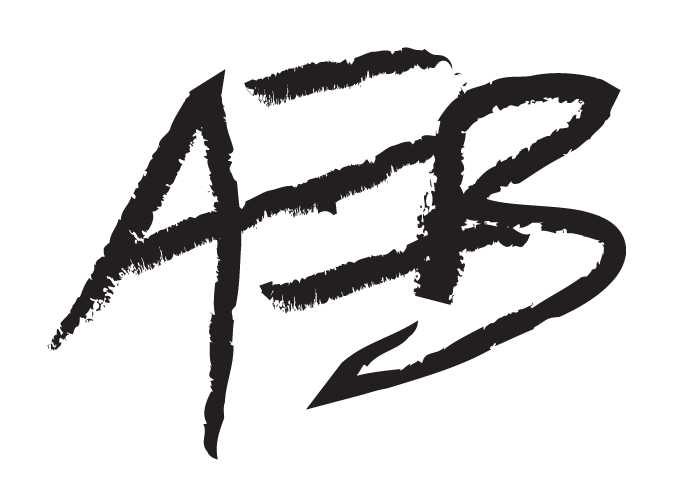Biography
Allison Brown (b. 1986, Indianapolis, IN, USA) is a multidisciplinary artist, writer, and educator living and working in the Gallatin Valley in Montana. She received her MFA in Visual Studies from the Minneapolis College of Art and Design in Minneapolis, Minnesota; her BFA in Painting with Art History minor from the Herron School of Art and Design at IUPUI in Indianapolis, Indiana; and her AA with Studio Arts and Design emphasis from Cottey College in Nevada, Missouri.
Fellowships and awards received include the 2015 WorkART Kunstverein Fellowship from the Center for German and European Studies at the University of Minnesota, the MFA Trustees' Scholarship at the Minneapolis College of Art and Design, and Gold and Silver Pinnacle Awards from the International Festivals and Events Association (IFEA). Her work has been exhibited across the Midwest, including the Indiana University Fine Arts Library, the Harrison Center for the Arts, the Garfield Park Arts Center, the Soo Visual Arts Center, and the Soap Factory in Minneapolis.
Her skills as a creative have been utilized by Cottey College, the Mooresville Public Library in Mooresville, Indiana, Music for All, Inc., and Montana State University. Her writing has been included in Temporary Art Review, exhibition catalogs for the Hopkins Center for the Arts, and publications from the Women's Caucus for Art.
Artist Statement
A wise friend once told me that the greatest human desire is to be known. And humans, as it goes, are strange little creatures indeed.
Ultimately, my practice sits at the intersection of gender, mental health, memory, and my formative experience as a child of the Rust Belt. As a millennial, the nature of memorializing these experiences and sharing these stories has been distorted through the lens of the social media experience and the parasocial landscape experience. How we share our stories – what it means to be known in the twenty-first century – has been irrevocably changed by the fractious lens that is considering how imaginary audiences will consume any communique that is shown to an online audience. In short: we are a society of performance, even beyond the framework Judith Butler built ages ago.
Feminisms, politics, and class are central lenses through which I construct my narratives and populism versus authority act as the tension that colors context during distribution. My largest body of work, The Psychodynamic Sequence, specifically deconstructs the internalized struggle of gender and mental illness and expresses these struggles in externalized forms. Other works, such as The Past Seven Days or Citation Needed, play with concepts such as the performance without body, physical agency, and the disabled body in space.
Given my interest in the tension between performative storytelling, authenticity, and sharing lived experience, my practice is somewhat medium-agnostic. Trained as a painter, my work often lives in the sound and installation space, but ultimately my choice in medium centers around this singular question: does the vehicle inspire radical empathy in the audience? Is it able to bridge the divide between my lived experience and theirs?
